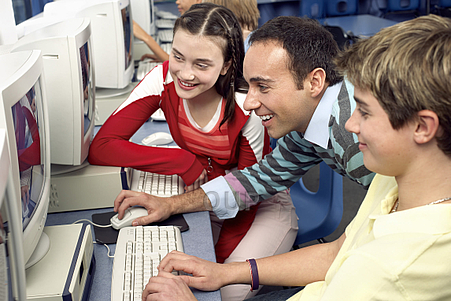 Olha Madylus, a teacher and teacher trainer specialising in both primary and secondary education, shares her thoughts on what makes a great class project.
Olha Madylus, a teacher and teacher trainer specialising in both primary and secondary education, shares her thoughts on what makes a great class project.
I visit a lot of classrooms around the world and teachers proudly point out posters on the walls and say “look at my students’ projects.”
Although the work looks very nice, I would argue that it isn’t a project. This work is usually a piece of writing with a picture. What worries me is that the text often seems to be directly copied, or merely cut and pasted, from the internet.
Such work may have some merits (encouraging students to look things up on the internet and designing the final product) but I have two main worries about it. One is that students should be discouraged from what is, in fact, plagiarism and, for me most importantly, that students aren’t getting involved in the challenges and satisfaction of what a full-blown project consists of – it’s not very interesting for them!
The important characteristics of a project are:
They are collaborative – a group of students work together to produce a final product.
By working together students share ideas, divide up responsibilities (depending on what they like to do or are good at), and learn crucial lessons about respecting each others’ opinions and finding a good compromise. They also discover talents in themselves and in their friends.
The final product is important and can be extremely varied, ranging from interviews, to songs, to magazines, to drama.
Choosing how they will present their ideas in the final product is a major part of the project. If it is a PowerPoint presentation or a video drama, these need different types of organisation, materials, and perhaps help from their teacher.
Because the final product can be so varied, the language skills involved are not limited.
Ideally students will have lots of opportunities to use the English language in different ways that are meaningful to them. At lower levels they may not use English to discuss the projects, but they will still be discussing what English they need to get the job done.
Other skills like design, acting, directing, negotiation are involved
And this is where a lot of the challenge (and fun) lies – in putting it all together.
Take a look at this example of a project a class in Serbia created, with the help of their teacher. Notice, although the project is based on one piece of grammar – the conditional – how:
- it obviously needed lots of planning and collaboration
- all the students are involved
- language is used to make meaning in a fun way
- all the students are enjoying themselves
- the final product – the video – can be shared and enjoyed by the class and others
Take part in our Engage 2nd edition Project Competition using these tips and you could win a video camera for your school. Competition closes 11th November 2011.


Fantastic….the children were obviously more focused on the repercussions so they were picking up language if they used it!